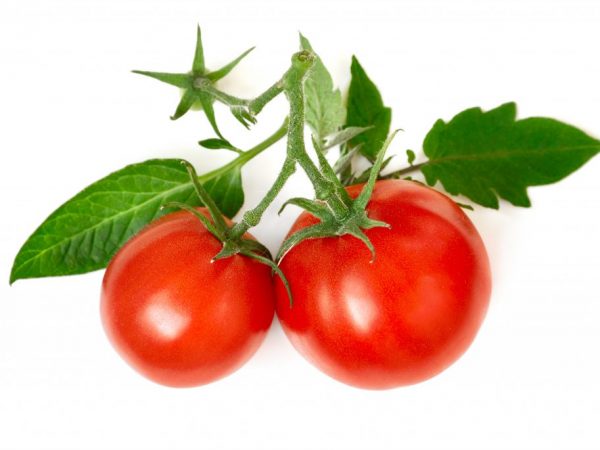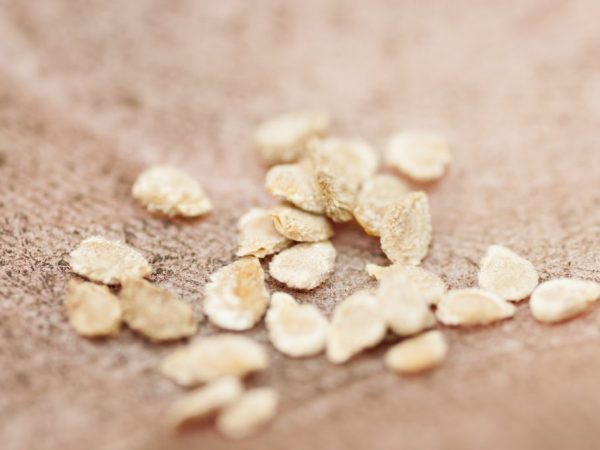Growing tomatoes according to the method of Galina Kizima
For many gardeners, growing tomatoes using the Kizima method will be an interesting experience with which you can get a good harvest with less effort without additional watering.

Growing tomatoes according to the method of Galina Kizima
Method characteristic
The method of planting and growing garden crops "for the reasonably lazy" created by Galina Kizima has been tried and supported by many summer residents.
The method of growing tomato seedlings is sometimes called "Moscow seedlings". It differs from the usual one in that the seeds are sown not in ordinary pots or bowls, but in small cylinders of soil wrapped in a thick plastic film. This gives the plants the moisture they need for germination and sprout formation.
This method of growing appears to have emerged at a time of widespread scarcity, when gardeners were unable to purchase conventional plastic cassettes.
Benefits
- a large number of sprouts are placed on a warm windowsill;
- easy and quick dive: for this, the package unfolds, the seedlings are carefully removed from the ground;
- significant soil savings: only 2.5 kg are needed for 50 plants. land mixture;
- plants almost do not suffer from the usual sores of seedlings (black leg);
- each sprout has a well-developed strong stem;
- seed germination is easy to control through transparent walls.
disadvantages
- seedlings grow slowly due to the relative lack of light, they need to be planted a little earlier;
- the root system of plants is relatively weak and requires attention;
- the method is suitable for cold-resistant tomatoes; for thermophilic tomatoes, a dive should be used.
Growing seedlings
The method involves planting germinated and non-germinated seeds. For a tomato, the first option is better. Treatment of seeds for sowing is carried out in the usual manner: they are sorted and treated for the prevention of diseases.
To improve germination, the seeds are soaked in a growth stimulator for 3 days before sowing (the seeds are spread on a gauze napkin moistened with a solution and covered with a plastic bag on top). When the sprouts hatch, the seedlings are planted in bags.
For planting, you need to prepare:
- pieces of plastic film, 20 cm each;
- soil mixture;
- bank rubber bands for money.
- warm water for irrigation.

Seeds must be treated with a growth stimulant
You need to plant seedlings as follows:
- spread a square of film on the table;
- put a handful of soil on the edge;
- lay the sprout so that the lower leaves are above the film;
- carefully cover the roots with earth;
- bend the edges of the film, form a package;
- fix the structure with rubber bands.
One of the disadvantages of this method is the great laboriousness of forming a "container" for each seedling plant. If you grow 15-20 seedlings, this method is fine. But for those gardeners who grow several dozen or even hundreds of seedling roots, the process is too time consuming.
The prepared bundles are tightly set in a box and put in a warm place, poured abundantly with warm water. In the future, you need to water the seedlings after the soil dries out.
For seedlings without watering, according to Galina Kizima's method, it is best to use hybrids; sowing at the end of March. After the seedlings are ready for planting in a garden bed or in a greenhouse, they are treated with a solution of "Healthy Garden" for 3-4 days before transportation - this will allow it to better acclimatize.
Top dressing of seedlings
The seedlings must be fed at least three times:
- the first - 10 days after picking with a diluted mullein at the rate of a liter of manure per bucket of water. After settling, the liquid is drained and the seedlings are watered using a watering can with a long narrow nose;
- the second - after the same period of time, but ready-made nitrogen-phosphorus liquid fertilizers are used;
- the third - after 7-10 days with a mullein solution, crushed wood ash is used to mulch the soil.
From the moment of germination to planting seedlings in the ground according to this method, no more than 45 days should pass.
Bedding
The peculiarity of growing tomatoes using this technology is the exclusion of frequent watering of plants. Before planting, a hole is dug for each sprout.
5 kg of compost, a glass of ash are placed on the bottom, at the end of a teaspoon of potassium permanganate (can be replaced with a tablespoon of concentrated superphosphate fertilizer). The components are thoroughly mixed, 1-2 buckets of water are poured into the pit. After a while, the water will be absorbed, after which you should start planting tomatoes.
The root system of tomatoes grown in a film is not strong enough, therefore, the plants are very carefully planted vertically in the hole. There should be at least half of the plant in the soil (but not more than 5 centimeters). The roots are carefully covered with earth, the soil is tamped. The top of the plant is tied to a peg. To compact the soil, a bucket of water is poured under the tomato root. The surface of the beds is mulched. The plant will not require any more watering or feeding.
Seedlings can be planted in a greenhouse. In this case, drip irrigation should be provided to her. For this, plastic bottles with punctured holes filled with water are placed between the plants.
Conclusion
Planting tomatoes without watering according to the method of Galina Kizima has many advantages. By adapting the method to the climate and soil type, greenhouse or open field, you can get an excellent harvest.


